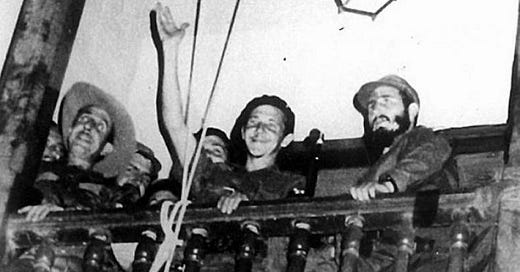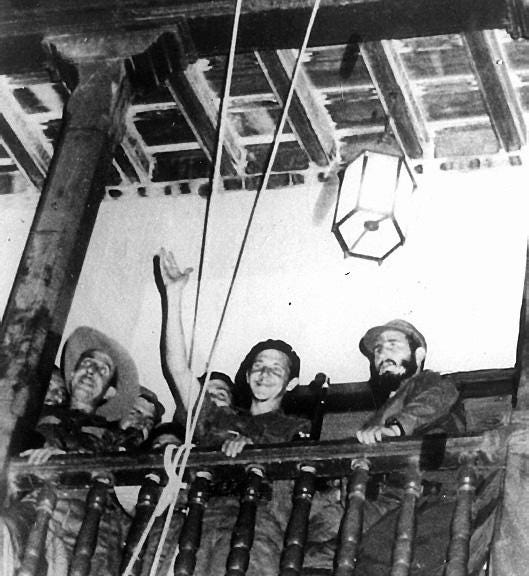In commemoration of the Cuban Revolution
The sixty-fourth anniversary of its triumph on January 1, 1959
Today marks the sixty-fourth anniversary of the triumph of the Cuban Revolution on January 1, 1959. To commemorate the occasion, I post today a revised version of my commentary of June 22, 2021, originally entitled, “Cuba and the neocolonial world-system: An unseen, noble quest for sovereignty.”
In “From colonialism to neocolonialism,” June 15, 2021, I attempt to describe the characteristics of neocolonialism; and in “Neocolonialism and Cuba: The structures of a neocolonial republic,” June 18, 2021, I illustrate the phenomenon of neocolonialism with the case of Cuba. In today’s commentary, my intention is to stress that Fidel Castro, whose revolutionary consciousness was formed in the context of the Cuban neocolonial situation and the Cuban and Latin American anti-imperialist struggle, understood the essential characteristics of the Cuban neocolonial situation and the necessar…



